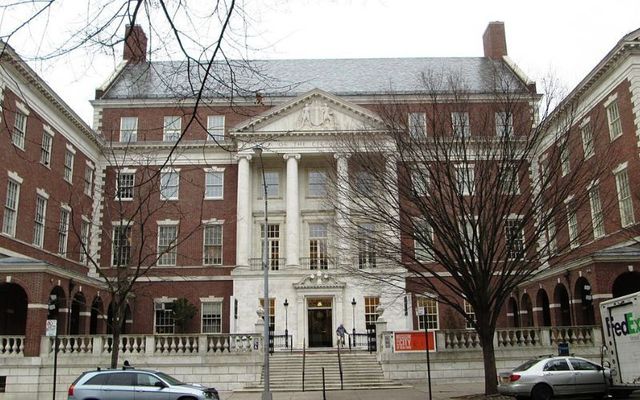The year 1923 did not start well for Brooklyn Irish hoodlum “Wild” Bill Lovett.
On January 3, Lovett was shot, but survived, as part of what police suspected was an ongoing feud involving the heavily Irish White Hand gang. Their most prominent member, Dinny Meehan, had been killed a few years earlier.
By name alone, the White Handers were at odds with New York’s Italian Black Hand gangsters. But the Brooklyn Irish, including underworld denizens such as Richard “Pegleg” Lonergan, Frank Byrne, and brothers Jim and Tim Quilty, were just as often at war with each other.
So, not many New Yorkers were surprised when “Wild Bill” was shot again – and this time killed – in November of 1923.
That was also the year a new museum was founded in Manhattan. It had a somewhat clunky name – the Museum of the City of New York (MCNY). But it had a noble mission.
“The museum was founded in 1923 by Henry Collins Brown, a Scottish-born writer and preservationist,” The New York Times noted recently.
“Its original goal was to appeal to children and immigrants, to focus on exhibitions and to ‘emphasize the lives of ordinary New Yorkers,’ according to research recently published by the Gotham Center for New York City History.”
As part of its 100th anniversary, MCNY has a new exhibition called “This Is New York: 100 Years of the City in Art and Pop Culture.”
Occupying MCNY’s entire third floor at Fifth Avenue (between 103rd and 104th Streets), you can usually be sure of two things with exhibits like this: There’s plenty of Irish material that could be there and plenty that will be left out.
But let’s keep things positive.
One of the most prominent older artifacts is the 1924 silent film Manhandled, starring Gloria Swanson. She is perhaps best known as Norma Desmond from the 1950 classic Sunset Boulevard. (She was also Joseph P. Kennedy’s longtime lover.)
In Manhandled, Swanson plays a lass named Tessie McGuire, opposite Meath-born Tom Moore. Tessie’s got a friend named Pinkie Moran, who watches her friend rise up and down the ranks of New York society.
In this sense, Manhandled is a bit like another film featured in this exhibit, the 1980s classic Working Girl starring Melanie Griffith, who plays the similarly named Tess McGill.
Other New York Irish movies highlighted by MCNY range from The Naked City (1948) with Barry Fitzgerald to Goodfellas (1990), from 2002’s The 25th Hour (with the pre-Succession Brian Cox as an Irish immigrant) to, naturally, The Irishman (2019).
Overall, MCNY organizers say, the exhibit “explores the many ways that the city has inspired storytelling across art forms. It features both famous and lesser-known depictions of New York in film and television, visual and performing arts, music, poetry and literature, and even fashion, painting a collective, moving, and sometimes funny version of a city that has captured the imagination of the world.”
It’s great to see Brooklyn's own Jackie Gleason represented in a section about The Honeymooners. And, as the Times notes, MCNY has “among its noteworthy possessions…Eugene O’Neill’s handwritten manuscripts of some of his plays,” as well as “412 glass negatives from the collection of the pioneering photographer Jacob Riis that document living conditions of the city’s poor,” including Irish immigrants.
Overall, though, I'd say it’s worth your time to read, in its entirety, one of O’Neill’s earlier, gritty New York plays, All God’s Chillun Got Wings.
And have pity on MCNY for needing to somehow try and find space for so many New York Irish writers, from Pete and Denis Hamill, to Alice McDermott, to Frank McCourt, to Peter Quinn, to that laureate of McSorley’s, Joseph Mitchell. (Born a North Carolina Baptist, by the way.)
For all of our divisions these days, an exhibit like this can make New Yorkers of all backgrounds see just how many things they have in common.
Which is more than we can say about the White Hand gang.
(On Twitter & Instagram: @TomDeignan)




Comments